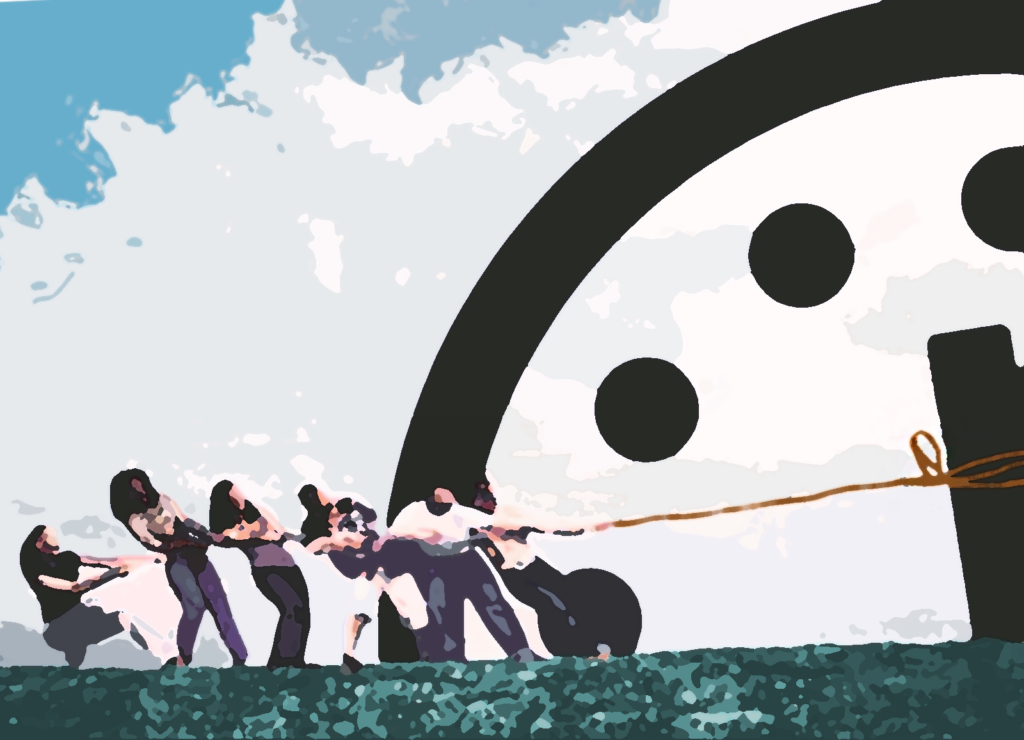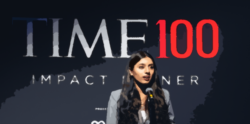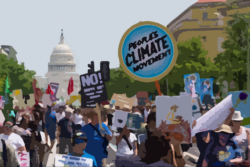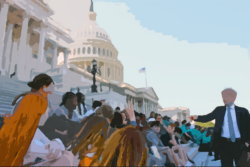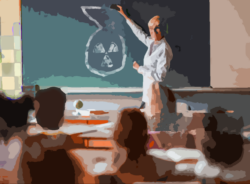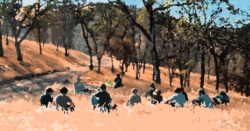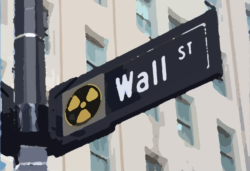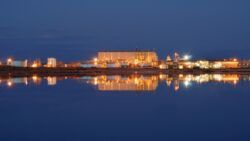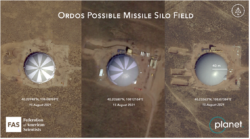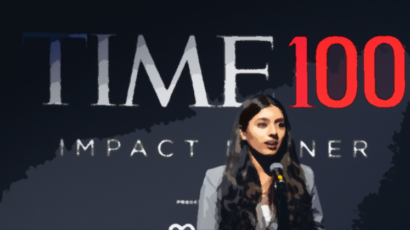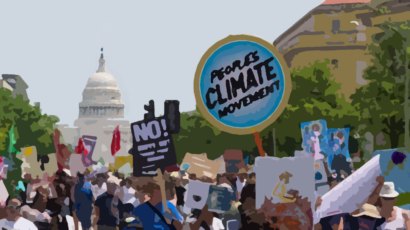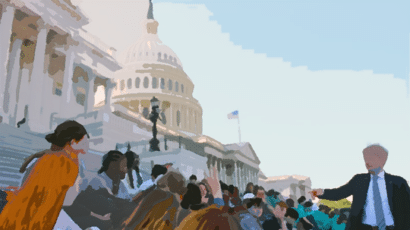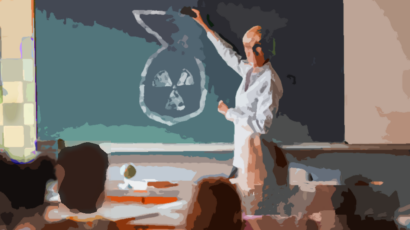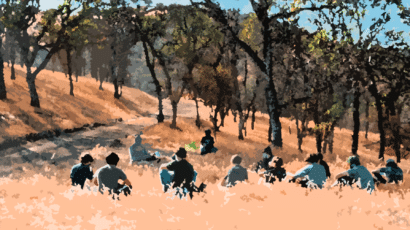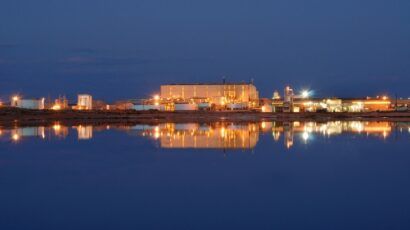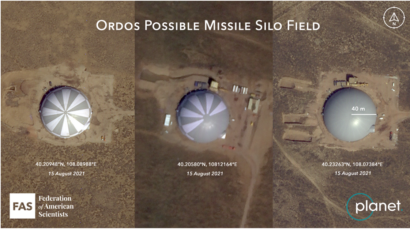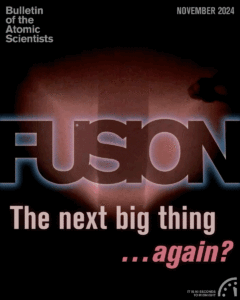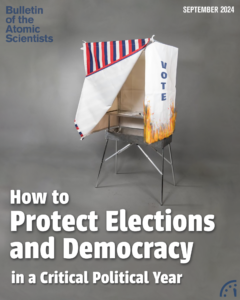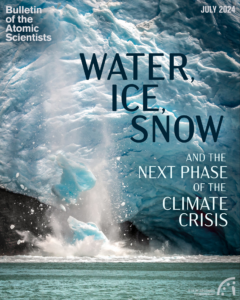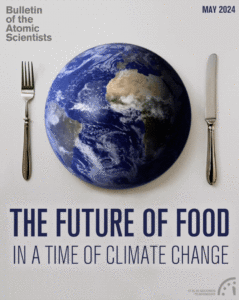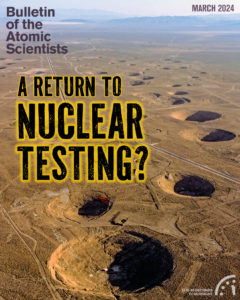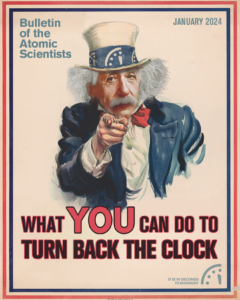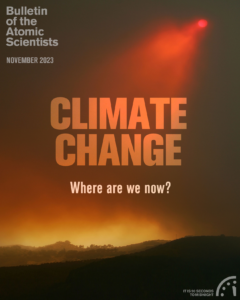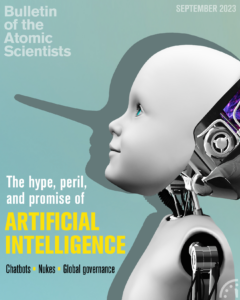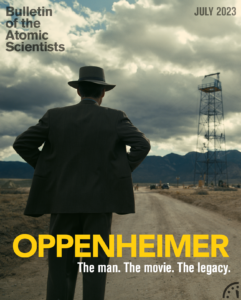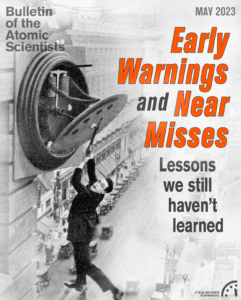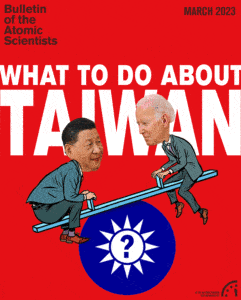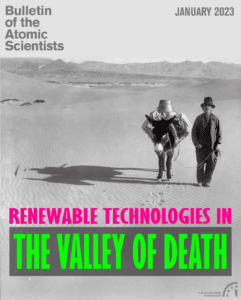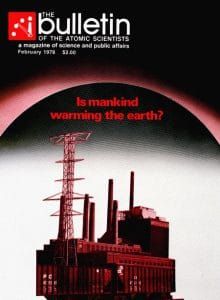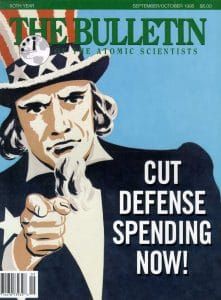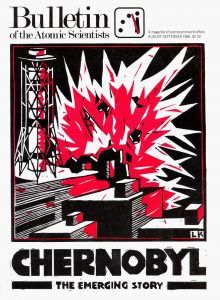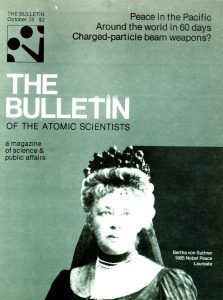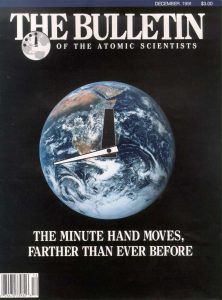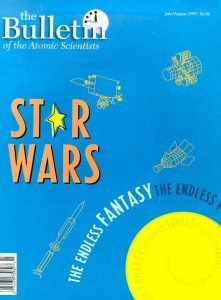DIGITAL MAGAZINE
January 2024
DIGITAL MAGAZINE
January 2024
January 2024
Introduction: What you can do to turn back the hands of the Doomsday Clock
Interview with Sneha Revanur, “the Greta Thunberg of AI”
Bill McKibben explains what individuals can do to win the climate fight. Together.
Interview: California Congressman Ted Lieu on what you can do about existential threats
How my Gen Z students learned to start worrying and dismantle the Bomb
“The world has already ended”: Britt Wray on living with the horror and trauma of climate crisis
Nuclear-free NYC: How New Yorkers are disarming the legacies of the Manhattan Project
Why a mindset of stubborn optimism about the climate crisis is needed, now more than ever
Diversification from Russian nuclear fuel requires market-oriented solutions
Chinese nuclear weapons, 2024
Interview with Sneha Revanur, “the Greta Thunberg of AI”
Bill McKibben explains what individuals can do to win the climate fight. Together.
Interview: California Congressman Ted Lieu on what you can do about existential threats
How my Gen Z students learned to start worrying and dismantle the Bomb
“The world has already ended”: Britt Wray on living with the horror and trauma of climate crisis
Nuclear-free NYC: How New Yorkers are disarming the legacies of the Manhattan Project
Why a mindset of stubborn optimism about the climate crisis is needed, now more than ever
Diversification from Russian nuclear fuel requires market-oriented solutions
Chinese nuclear weapons, 2024
January 2024
Subscribe now
We've relaunched the Bulletin's award-winning digital magazine. Get premium access for less than $5 a month.
Magazine archive
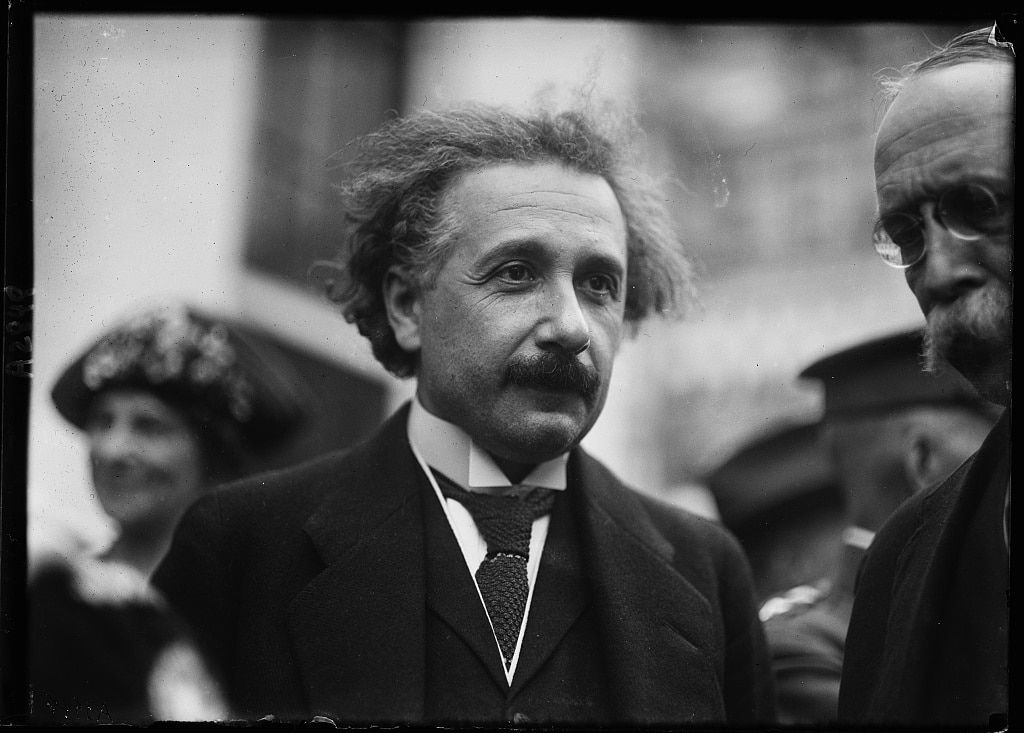
Premium subscribers can read the complete Bulletin of the Atomic Scientists’ archive, which contains every article published since our founding in 1945.
This archive was created in honor of John A. Simpson, one of the Bulletin’s principal founders and a longtime member of its Board of Sponsors. This searchable archive provides exclusive online access to original interviews and commentary by luminaries like Albert Einstein, J. Robert Oppenheimer, Ruth Adams, John F. Kennedy, Stephen Hawking, Christine Todd Whitman, US Secretary of Defense William J. Perry, and multiple Nobel laureates.

